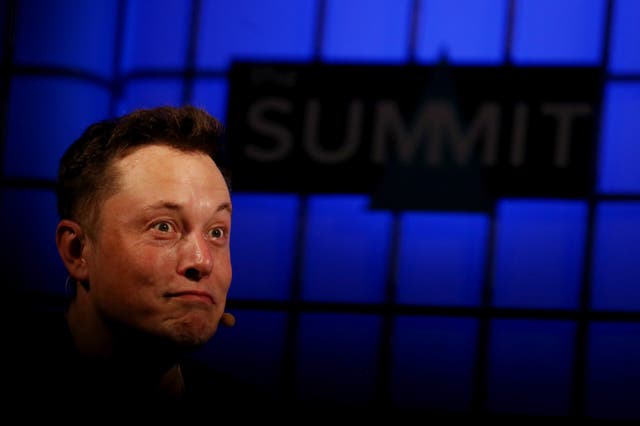
Matthew Wright 7am - 10am
1 February 2022, 12:54

The rolling stop feature allows vehicles to go through junctions with stop signs at up to 5.6mph.
Tesla is recalling nearly 54,000 cars and SUVs because their full self-driving software lets them roll through stop signs without coming to a complete halt.
The firm will disable the feature with an over-the-internet software update, documents posted on Tuesday by US safety regulators say.
The rolling stop feature allows vehicles to go through junctions with stop signs at up to 5.6mph.
The documents say Tesla agreed to the recall after two meetings with officials from the US National Highway Traffic Safety Administration (NHTSA).
Tesla knows of no crashes or injuries caused by the feature.
The recall covers Model S sedans and X SUVs from 2016 to 2022, as well as 2017 to 2022 Model 3 sedans and 2020 to 2022 Model Y SUVs.
Selected Tesla drivers are beta testing the full self-driving software.
The cars cannot drive themselves and drivers must be ready to take action at all times, the company says.
A firmware release to disable the rolling stops is expected to be sent out in early February.
Safety advocates complain that Tesla should not be allowed to test the vehicles on public roads with untrained drivers, and that the Tesla software can malfunction, exposing other motorists and pedestrians to danger. Most of the other car companies with similar software test with trained human safety drivers.
Tesla introduced the rolling stop feature in a software update that was sent out to the testing owners on October 20.
The NHTSA met Tesla on January 10 and 19 to discuss how the software operates, the documents said.
On January 20, the company agreed to disable the rolling stops with the software update.
Owners will get required notification letters on March 28.
The rolling stop feature lets the Tesla go through stop signs as long as the owner has enabled the function.

The vehicles have to be travelling below 5.6mph while approaching the intersection, and no “relevant” moving cars, pedestrians or cyclists can be detected nearby.
All roads leading to the junction had to have speed limits of 30mph or less, the documents said.
The Teslas would then be allowed to go through the intersection at 0.1mph to 5.6mph without coming to a complete stop.
Alain Kornhauser, faculty chairman of autonomous vehicle engineering at Princeton University, said the recall is an example of the NHTSA doing its job as the nation’s road safety watchdog.
The recall “shows that they can be effective even if Tesla should have been more responsible in the first place,” he said.
In November, the NHTSA said it was looking into a complaint from a Tesla driver that the full self-driving software caused a crash.
The driver said the Model Y went into the wrong lane and was hit by another vehicle. The SUV gave the driver an alert halfway through the turn and the driver tried to turn the wheel to avoid other traffic, according to the complaint.
But the car took control and “forced itself into the incorrect lane,” the driver reported.
No one was hurt in the crash on November 3 in Brea, California, according to the complaint.
In December, Tesla agreed to update its less sophisticated autopilot driver-assist system after the NHTSA opened an investigation.
The company agreed to stop allowing video games to be played on centre touch screens while its vehicles are moving.
The agency is also investigating why Teslas on autopilot have repeatedly crashed into emergency vehicles parked on roads.